How Do Assassin Snails Kill?
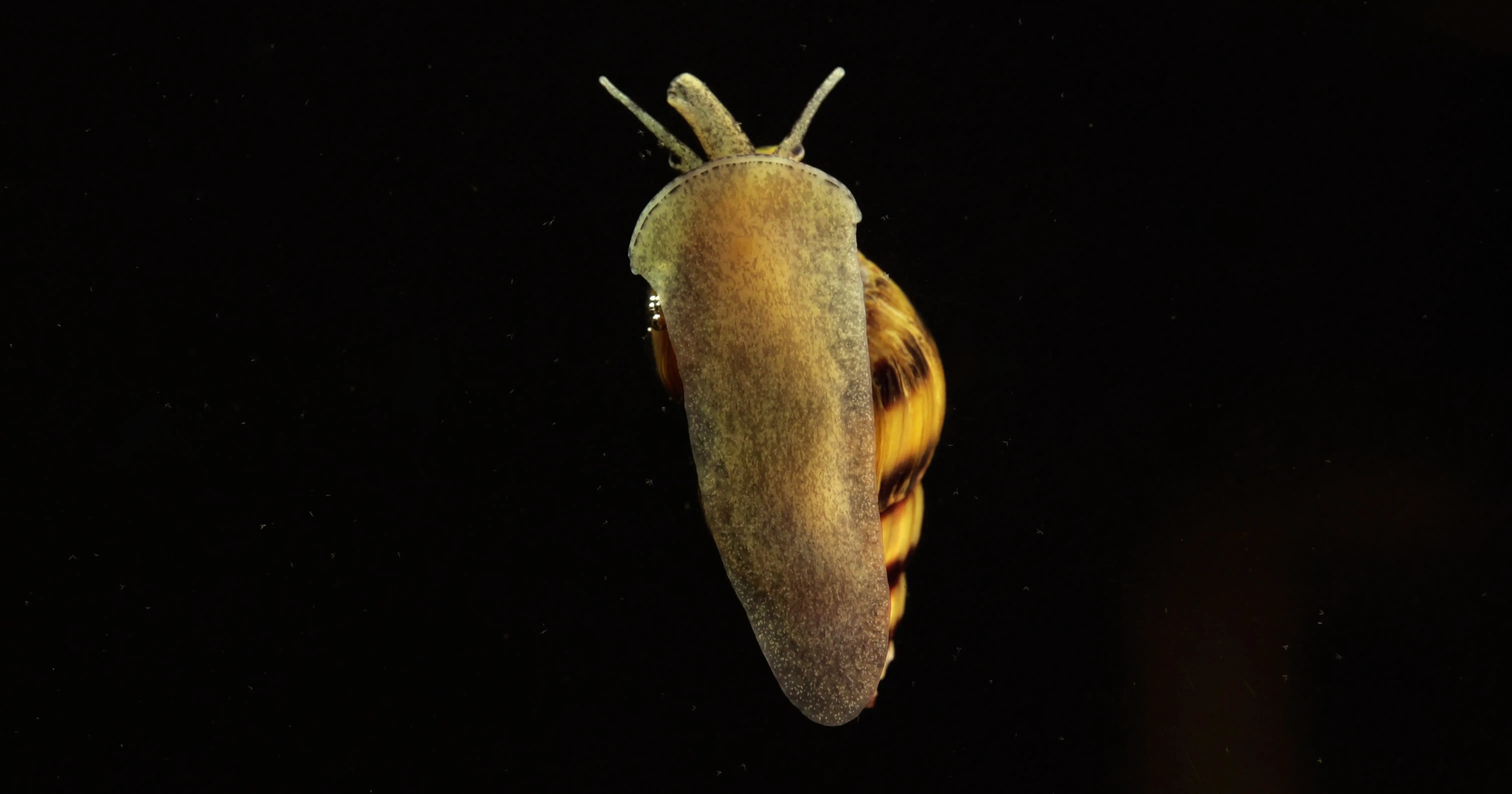
Assassin snails, also known as Clea Helena, are fascinating creatures that have gained popularity in the aquarium hobby for their unique predatory behaviors. As their name suggests, these snails are known for their ability to hunt and kill other snails, making them a valuable addition to aquariums with snail overpopulation issues. In this article, How Do Assassin Snails Kill, you will learn about the intriguing methods assassin snails use to capture and kill their prey.
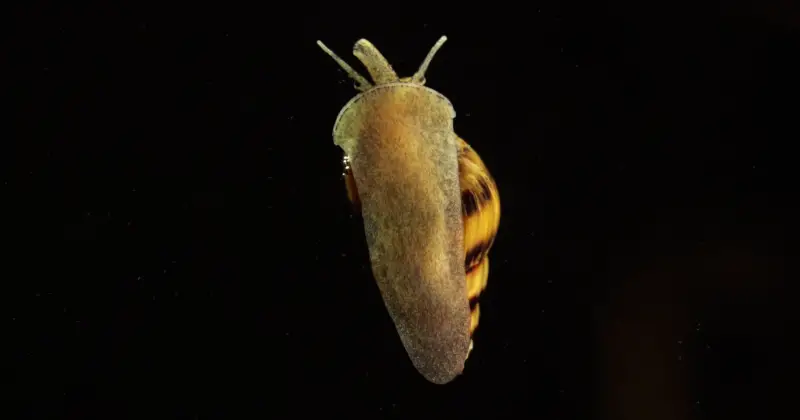
The hunting process of assassin snails begins with them tracking down their prey using the slimy trail left by other snails. Once they locate their target, they employ their specialized anatomy, including a siphon, which is remarkably adhesive and helps them attach to the shell of their prey, rendering the victim’s resistance futile.
While they primarily feed on other snail species, it’s essential to understand their specific hunting techniques and the potential impact they may have on your aquarium ecosystem.
As you delve deeper into the world of assassin snails, you’ll uncover the fascinating science behind their killing methods and learn how to maintain these unique creatures in your aquarium effectively. Gaining this knowledge will ensure that your aquatic environment remains balanced and that the instincts of the assassin snail can be put to good use.
Contents
Table of Contents
Understanding Assassin Snails
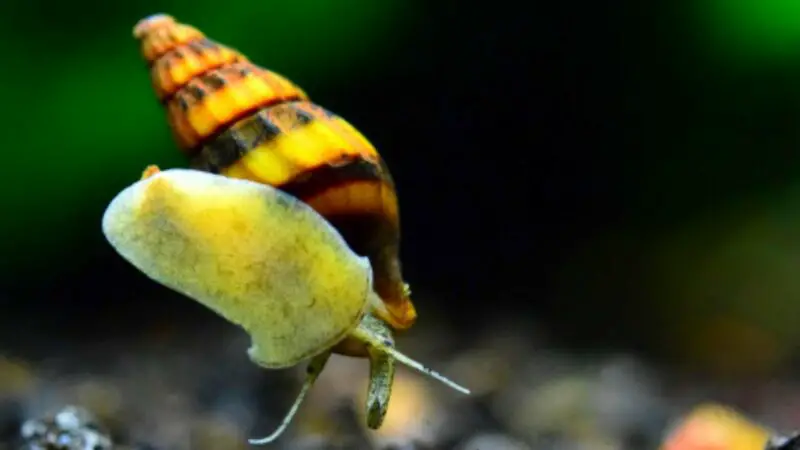
Origins and Habitat
Assassin snails originate from Southeast Asia, scientifically known as Clea helena or Anentome helena. Their natural habitat includes freshwater rivers, lakes, and ponds where they can dwell amongst sand, rocks, or aquatic plants. Assassin snails prefer slightly acidic to neutral water with a temperature range between 70 and 80 degrees Fahrenheit.
Physical Characteristics
The appearance of assassin snails is unique, with their shells featuring a conical shape and several whorls. The shell’s size typically reaches up to 1 inch in length. The base color of the shell can vary from brown to yellow, with dark brown stripes spiraling around it. This striking pattern allows assassin snails to blend in with their surroundings, making them efficient predators.
Assassin snails have a well-developed foot that allows them to burrow and move around in search of prey. Their tentacles are long and slender, hosting their eyes at the base, which helps them detect movement and locate their prey.
The snail’s siphon is a small tube-like structure used to detect chemical traces in the water, which aids in finding potential prey. The operculum is a rigid plate that seals the shell’s opening when the snail retracts, protecting it from potential threats. As for respiration, assassin snails possess gills to extract oxygen from the water.
Varieties of Assassin Snails
Although Clea helena is the most common species of assassin snail, other varieties have slightly different physical characteristics. Some species may have shells with different patterns, colors, or shapes, but their appearance and behavior remain relatively similar. Regardless of the variety, assassin snails are known for their predatory nature, hunting and consuming smaller snails and invertebrates within their aquatic environments.
Lifestyle and Behavior of Assassin Snails

Assassin snails are fascinating creatures that exhibit unique behaviors and characteristics. Being nocturnal, they are most active during the night. This is when they move around, searching for food and exploring their surroundings. As a result, you might not see them as active during the daytime.
Regarding their social behaviors, assassin snails are not known to form large groups. They typically live solitary lives and are not aggressive towards other fish or nonintrusive tank mates. However, they might cluster together if there is a large food source (such as an infestation of pest snails), but this is more out of necessity than congeniality.
When it comes to their diet, assassin snails are carnivorous and feed on other smaller snails, making them a natural solution for controlling pest snail populations in your aquarium. They use their retractile proboscis to reach inside their prey’s shell, scraping away the flesh and sucking the blood using their radula, causing the victim to succumb to death, as mentioned in this source.
A key aspect of their behavior is their impressive lifespan, which ranges between two to three years. This longevity is remarkable compared to other snail species living in aquarium settings. Proper assassin snail care involves maintaining a balanced diet, keeping the water quality high, and providing suitable hiding spots to emulate their natural habitat.
Moreover, assassin snails exhibit breeding behavior that is different from other snails. They do not reproduce as rapidly as their prey counterparts, and they lay eggs individually, which is an important aspect to consider when introducing them to your tank.
In summary, understanding the lifestyle and behavior of assassin snails helps you better care for them in your aquarium, ensuring they thrive and effectively manage pest snail issues.
Feeding Habits of Assassin Snails

Assassin snails are known for their unique and aggressive feeding habits. These carnivorous creatures primarily feed on other small snails, making them an effective solution in controlling pest snail populations in your aquarium. As a confident and knowledgeable aquarist, it is essential to understand their feeding habits to ensure the health and balance of your aquatic ecosystem.
Their hunting process starts with an assassin snail tracking and locating its prey using their excellent sense of smell. They are patient hunters, often waiting for the most opportune moment to strike. Once they have found their target, they use their retractile proboscis and radula, a ribbon-like tongue with tiny teeth, to reach the insides of other snail shells.
They will then scrape away the prey’s flesh and suck its blood, eventually leading to their victim’s demise. Their powerful radula makes it easier for them to eat their prey and continue searching for more small snails hiding in your tank. Here’s how Assassin Snails kill.
While their main diet consists of small snails, assassin snails occasionally feed on shrimp, given the opportunity. However, they typically prefer the easier targets of slow-moving and softened small snails available in your aquarium.
This preference helps maintain the balance in your tank since shrimp are usually faster and more difficult for assassin snails to catch. As a responsible aquarist, you should be aware of their potential threat to shrimp populations and take precautions if necessary.
Assassin snails do not use poison to incapacitate their prey, relying instead on their strength, strategic hunting skills, and the effective use of their radula for feeding. This information is important as you observe and maintain the health of assassin snails and their victims within your aquarium.
By understanding the feeding habits of assassin snails and being aware of their predatory nature, you can maintain a thriving aquatic environment for your aquatic inhabitants. Just remember that as an aquarist, your knowledge and vigilant care will play a crucial role in the success of your aquarium ecosystem.
Assassin Snail Care Guide – THE TRUTH ABOUT THIS KILLER!
Assassin Snails as Predators
Assassin snails are known for their predatory behavior. They primarily target pest snails such as the Ramshorn and Malaysian trumpet snails. These snails have unique tools to prey on their target efficiently, ensuring their survival and keeping your aquarium clean of unwanted pests.
As a predator, the assassin snail uses its siphon, a specialized, adhesive organ that helps it attach to its prey’s shell, making resistance futile. When hungry, these snails actively track down their targets by following the slimy trail left by their prey. Once caught up to the pest snail, they use their proboscis to pierce the prey’s flesh and inject a paralyzing venom.
While predatory snails are effective at controlling a population of pest snails in your aquarium, you may wonder if they pose any threat to your fish. Surprisingly, they are unlikely to harm your fish; their primary target remains other snails, as fish are usually far more agile than the slower-moving assassin snails. However, it is essential to monitor the behavior of your assassin snails and fish to ensure a peaceful environment for your tank’s inhabitants.
In addition to their role as predators against pest snails, assassin snails consume other food sources. They are known to scavenge for dead fish or debris, which helps keep your aquarium clean. However, these snails do not excel at consuming algae; you shouldn’t rely on them as your primary means of controlling algae growth.
Overall, assassin snails can help maintain a healthy and balanced aquarium by actively preying on unwanted pests. By understanding their predatory behavior and knowing how they kill their prey, you can make informed decisions on incorporating them into your aquarium and establishing a harmonious ecosystem.
Tank Conditions for Assassin Snails

Creating a suitable and comfortable environment that mimics their natural habitat is essential when setting up a tank for your assassin snails. Always keep in mind the specific needs of these freshwater critters while setting up the tank.
First, consider the tank size. A 10-gallon tank can comfortably house a small group of assassin snails, but a larger tank is more suitable if you have multiple tank mates or a densely planted aquarium. Ensure the aquarium is well-covered to prevent snails from escaping and maintain stable water parameters.
Speaking of water parameters, assassin snails thrive in slightly acidic to neutral water with a pH level between 6.5 and 7.5. The water hardness should be between 8-12 dGH. Regularly test the water to ensure suitable settings and adjust them to provide a healthy and stable environment.
The water temperature plays a significant role in their comfort and well-being. Maintain a steady temperature between 70°F and 80°F (21°C to 26°C) for optimal growth and reproduction.
The substrate is essential when setting up a tank for assassin snails. Opt for a soft, sandy substrate that allows them to burrow easily, a crucial aspect of their hunting behavior. Avoid using rough substrate materials that may injure the snails.
Live plants are highly recommended, as they enhance the tank’s aesthetic appeal and provide snail hiding spots. Choose sturdy plants like Anubias and Java Fern that can endure the activity of your snails without uprooting.
As for algae, despite assassin snails not being the best algae eaters, they may consume small amounts occasionally. You can still add other algae-eating species to maintain a clean environment, like shrimp or certain fish.
By following these recommendations, you’ll be able to create a healthy and comfortable environment for your assassin snails to thrive and keep your tank free of pest snail populations.
Compatible Tank Mates for Assassin Snails
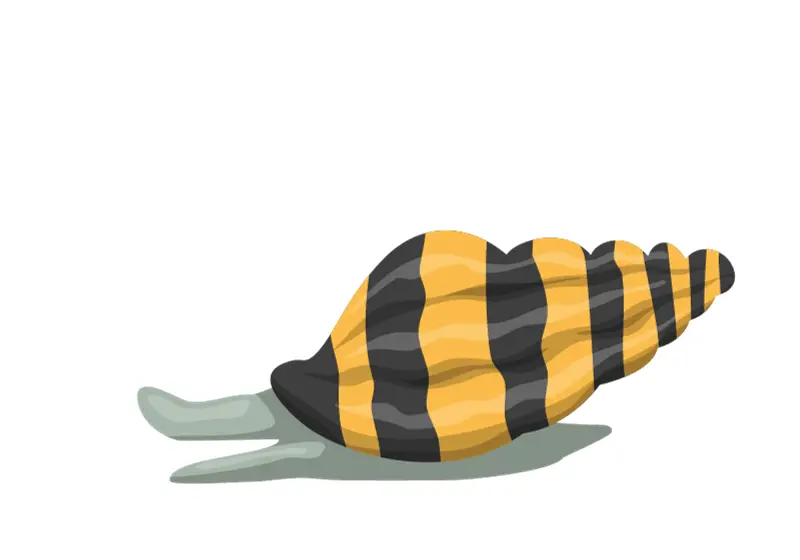
When considering tank mates for your assassin snails, it is important to select compatible species that meet your snails’ requirements. Assassin snails are known for predatory behavior towards other snails, so finding suitable tank mates can be challenging. However, if you choose wisely, you can create a harmonious community tank showcasing assassin snails’ unique qualities.
Cichlids can be suitable tank mates for assassin snails, particularly the smaller, more peaceful species. Avoid aggressive or territorial cichlids, as they may threaten your snails. A good example of a suitable cichlid would be the dwarf cichlid, which is generally non-aggressive and does not disturb the snails.
Catfish, especially bottom-dwelling species like the Corydoras, are also appropriate companions for assassin snails. These fish tend to stay near the substrate and help maintain the cleanliness of the aquarium. They are docile and will not disturb the snails, allowing them to cohabit peacefully. Similarly, some species of loaches, such as the dwarf chain loach, can live harmoniously with assassin snails, as they are non-aggressive and have similar requirements in terms of water parameters.
Community fish like tetras, rasboras, and guppies are suitable tank mates for assassin snails, as they typically swim in the tank’s upper areas and do not threaten the snails. These fish add diversity and color to your aquarium, creating a vibrant community tank that will appeal to the eye.
When choosing tank mates for your assassin snails from the category of invertebrates, it is crucial to avoid other species of snails, as your assassin snails will prey on them. Instead, opt for species like shrimp, which are not normally targeted by assassin snails and can cohabit safely. Select hardy and adaptable shrimp, such as cherry or ghost shrimp, to ensure their compatibility with your assassin snails.
In conclusion, it is essential to remember that creating a community tank with assassin snails as the centerpiece requires a careful selection of compatible tank mates. By choosing species like peaceful cichlids, catfish, loaches, community fish, and certain invertebrates, you can create a thriving and visually appealing aquarium that highlights the unique characteristics of your assassin snails.
Breeding of Assassin Snails
When it comes to breeding, assassin snails reproduce slowly in the home aquarium, making it an enjoyable project for beginners without the concern of a snail infestation. One of the key factors to encourage breeding is maintaining a suitable temperature since a low temperature can inhibit their activity and prevent reproduction.
To begin breeding, assassin snails typically pair up and follow each other around the tank for 12 hours or more. After this period, the female will start laying eggs, which she sticks to the tank’s surface. It is important to note that the eggs of an assassin snail take around two months to hatch.
Throughout this process, ensure your aquarium has plenty of hiding spots, such as plants or rocks, for the snails to protect themselves and their young. In addition, assassin snails are sensitive to water quality and prefer clean water with little to no ammonia, nitrites, or nitrates. Monitor your aquarium’s water parameters to provide optimal conditions for their breeding and overall health.
After the eggs hatch, the slow growth rate of assassin snail juveniles also contributes to their low fertility rate, making it unlikely that your tank will become overrun with these snails. As your young snails develop, they will also contribute to the overall health of your aquarium by preying on pest snails as they mature into their carnivorous nature.
By following these guidelines in maintaining a proper environment for your assassin snails, you can successfully breed them and enjoy their presence as they help control any unwanted snail population in your tank.
Assassin Snail Issues in Aquariums
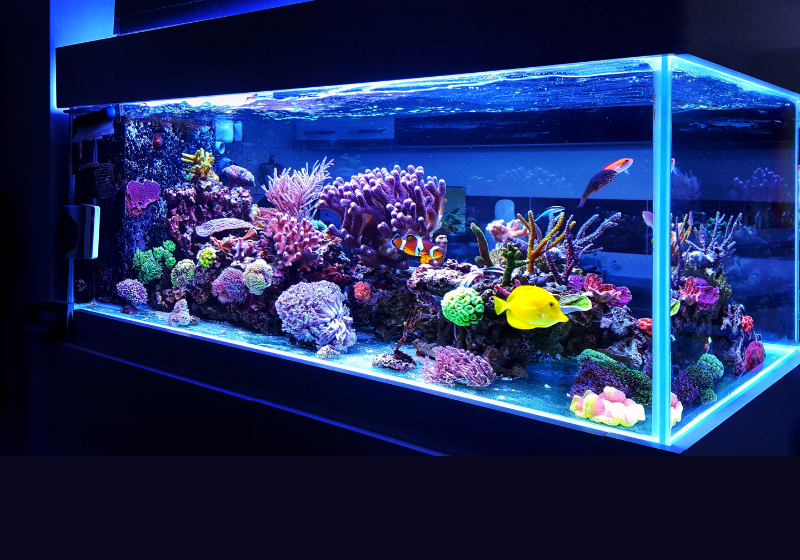
Assassin snails may be an attractive solution for controlling a pest snail population in your aquarium, but they can also cause issues. While they are agile and efficient predators of pest snails, their presence in an aquarium can lead to some concerns you should be aware of.
One of the main challenges when introducing assassin snails into your aquarium is their potential to reproduce and create an imbalance in the ecosystem. Even though they reproduce slowly, you may eventually need to eliminate assassin snails as their numbers increase. To prevent them from becoming problematic, maintain a healthy balance of snail species in your tank.
Assassin snails aren’t just interested in other snails. They have been known to eat other invertebrates like shrimp as well. Suppose you have a diverse array of small invertebrates in your aquarium. In that case, you should carefully monitor their interactions to ensure the assassin snails don’t cause unwanted harm to your aquatic community.
Aquarium maintenance is crucial for any tank; it can be difficult to keep it clean for assassin snails. These predators could cause more mess than they clean, so you should diligently maintain the water quality. Regular water changes, water tests, and physical cleaning will help minimize any issues caused by the presence of assassin snails.
Water parameters such as water hardness and pH levels are important for the health of your assassin snails and other inhabitants. Assassin snails require a certain level of water hardness (around 2 to 15 dGH) to ensure the proper growth of their shells. In addition, maintain stable pH levels (typically between 7 and 8) to keep the assassin snails and their prey thriving.
In conclusion, while assassin snails can be beneficial by controlling pest snail populations, they may also cause a range of issues in your aquarium. Careful monitoring, ongoing maintenance, and proper water parameters are essential to minimizing problems and ensuring the health of all your tank’s inhabitants.
Assassin Snails in the Natural Environment
Assassin snails, native to Southeast Asia, are commonly found in Malaysia, Indonesia, Cambodia, and Singapore. These fascinating creatures typically dwell in natural freshwater environments, including rivers and lakes. This section will explore these snails’ habitat, behavior, and day-to-day life in their natural surroundings.
In rivers and lakes, you’ll find assassin snails buried most of their time under a layer of soft substrate. This behavior provides them with security and camouflage, allowing them to stay hidden from predators while remaining comfortable to stalk and ambush their prey. You need to understand that this type of substrate is crucial in replicating their natural environment in an aquarium setting.
Water temperature also plays a vital role in the well-being of assassin snails. As they originate from tropical regions, they thrive in water temperatures ranging from 21 to 27 degrees Celsius. Any significant deviation from this range can negatively affect their health, lifespan, and breeding rate. Therefore, it’s crucial to maintain the right temperature if you decide to keep these snails in your aquarium.
In their natural habitat, assassin snails mainly feed on other snail species, making them an excellent solution for controlling snail populations in an aquarium. They are carnivorous, using their retractile proboscis and radula to hunt down their prey stealthily. They can also adapt to a diet of fish pellets or bloodworms if snails are not readily available.
While observing assassin snails in their native environment, you’ll notice they are slow-moving and quite patient creatures. They often wait for an ideal opportunity to present itself before attacking their prey to ensure a higher success rate. This patience and stealth are what make these fascinating snails such effective predators.
Now that we’ve covered the essential aspects of assassin snails in their natural environment, you should better understand what makes them unique and how they operate when living in rivers and lakes across Southeast Asia.
Frequently Asked Questions: How Do Assassin Snails Kill
How do assassin snails attack their prey?
Assassin snails use a combination of stealth and ambush tactics to attack their prey. They will either wait for their prey to close or actively track them down. Assassin snails are known for their patience and energy-efficient hunting methods. They use their muscular foot to burrow and anchor themselves, waiting for the perfect opportunity to strike their target (source).
What kind of snails do assassin snails target?
Assassin snails mainly target other smaller snail species, particularly those with softer shells. They are known for their ability to control populations of other pest snails in aquariums, making them a popular choice for enthusiasts looking to maintain a balanced ecosystem.
Are shrimp at risk of being killed by assassin snails?
Assassin snails may occasionally prey on small shrimp, but this is rare. In general, they prefer to hunt other snails over shrimp. However, if food sources are scarce, assassin snails might target vulnerable shrimp, especially newborns or injured ones.
Do assassin snails pose any threat to human beings?
Assassin snails do not pose any direct threat to humans. They are small, non-venomous creatures that do not bite, sting, or cause any harm when handled. However, washing your hands after handling any aquatic creatures, including snails, is always a good idea to minimize potential exposure to pathogens.
Can assassin snails harm or kill fish in an aquarium?
Assassin snails are not known to cause harm or kill healthy fish. They primarily feed on other snails and occasionally small shrimp. However, some reports suggest they may attack weak or sick fish, especially if their preferred food sources are scarce. Providing an adequate and varied diet for your assassin snails is essential to prevent such incidents (source).
Do assassin snails cannibalize each other?
Cannibalism is not typically observed among assassin snails. They prefer to hunt other smaller snail species. However, when food sources are scarce in extreme cases, they may resort to cannibalizing their fellow assassin snails. Always ensure that your snails have an adequate supply of food and living space to avoid triggering such behaviors.

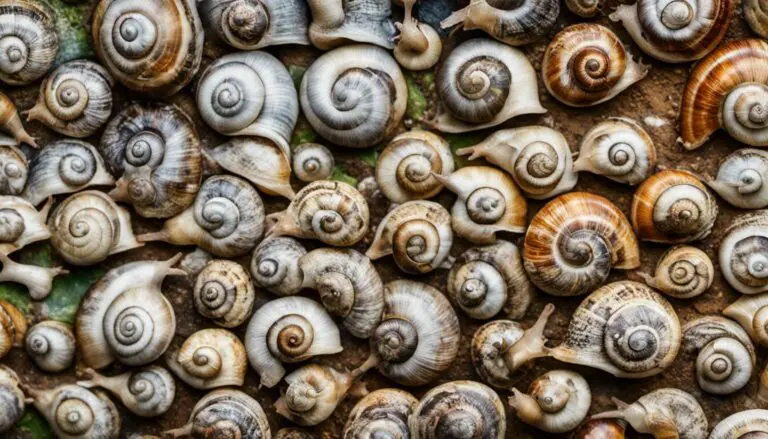

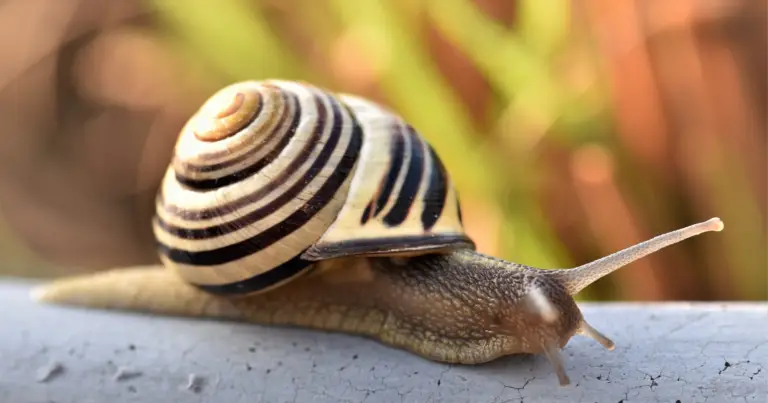
![How Big Do Assassin Snails Get? [Full Guide To Healthy Assassin Snails]](https://allourcreatures.com/wp-content/uploads/2021/11/assassin-snails-768x519.jpg)
![What Do Apple Snails Eat? [Full Guide]](https://allourcreatures.com/wp-content/uploads/2021/10/what-do-apple-snails-eat-768x512.jpg)
